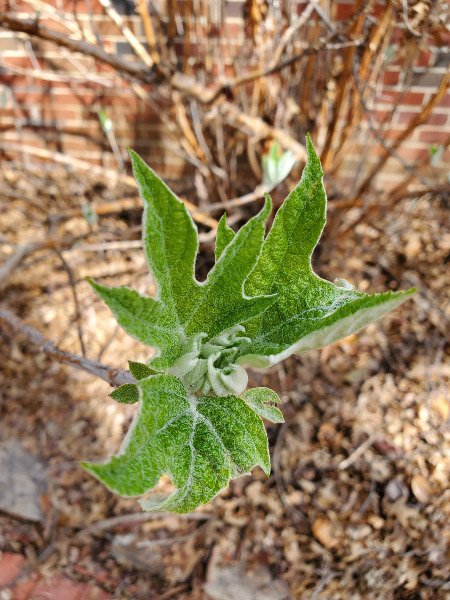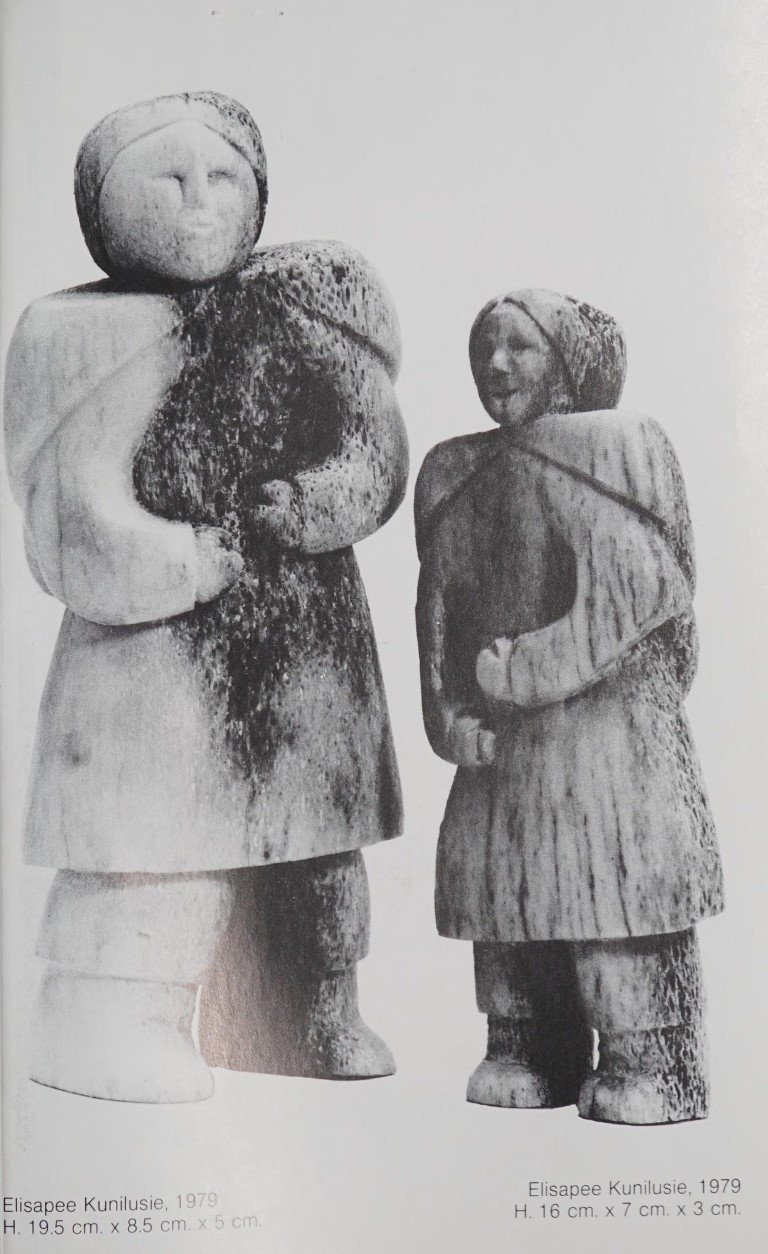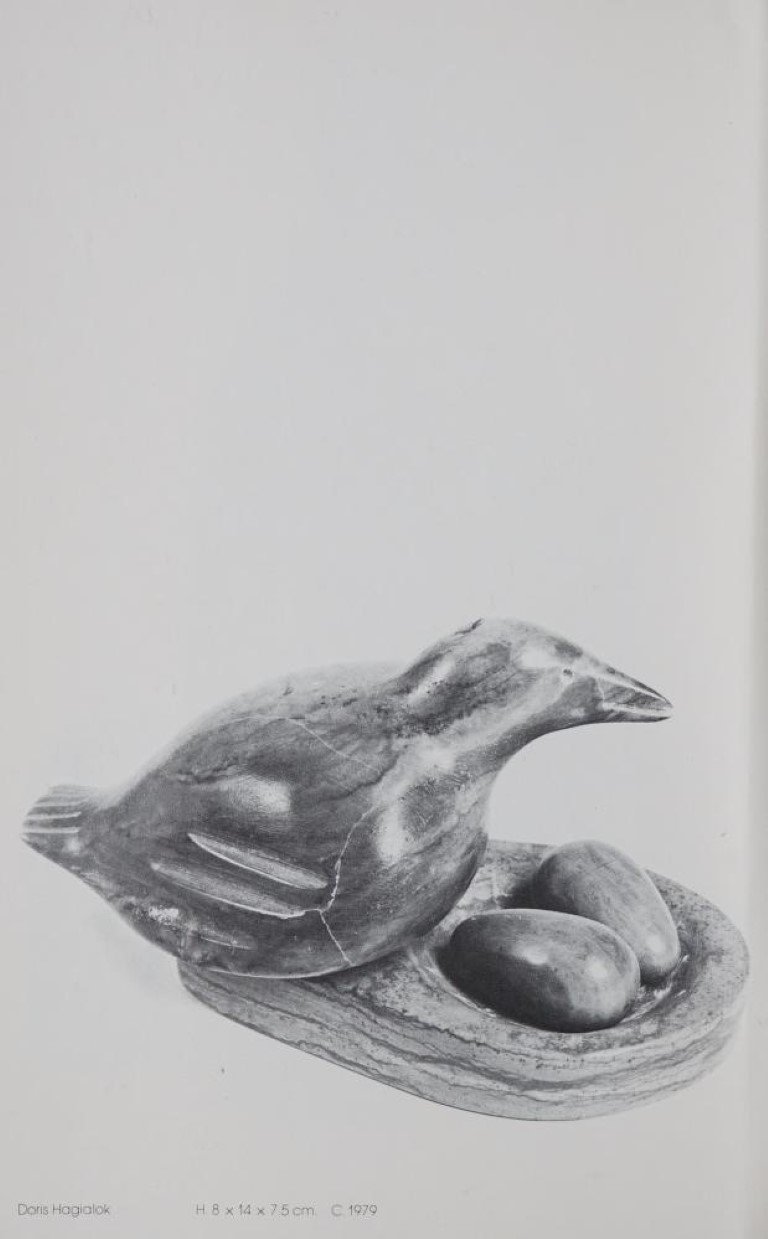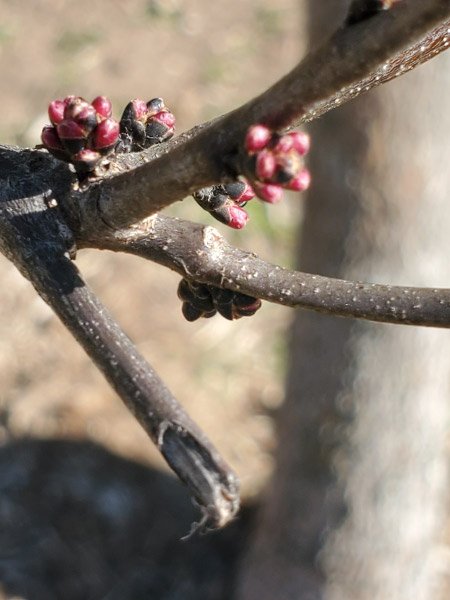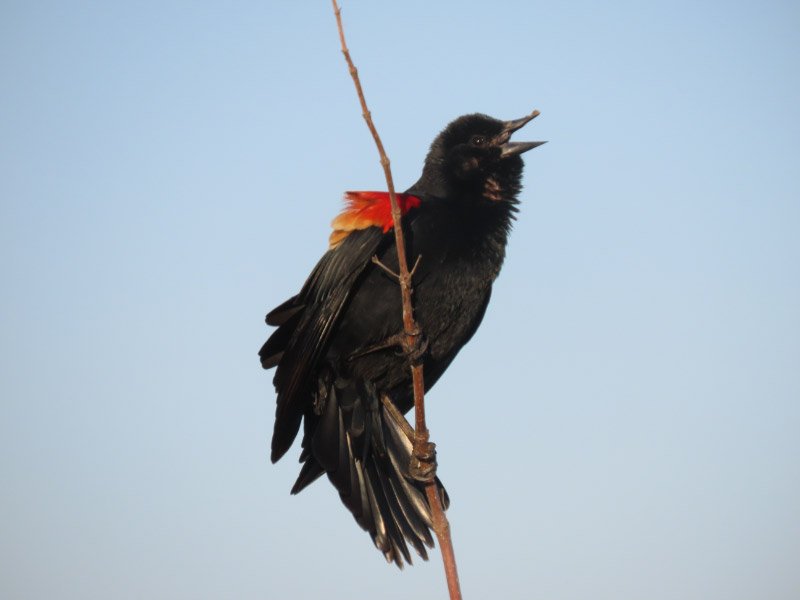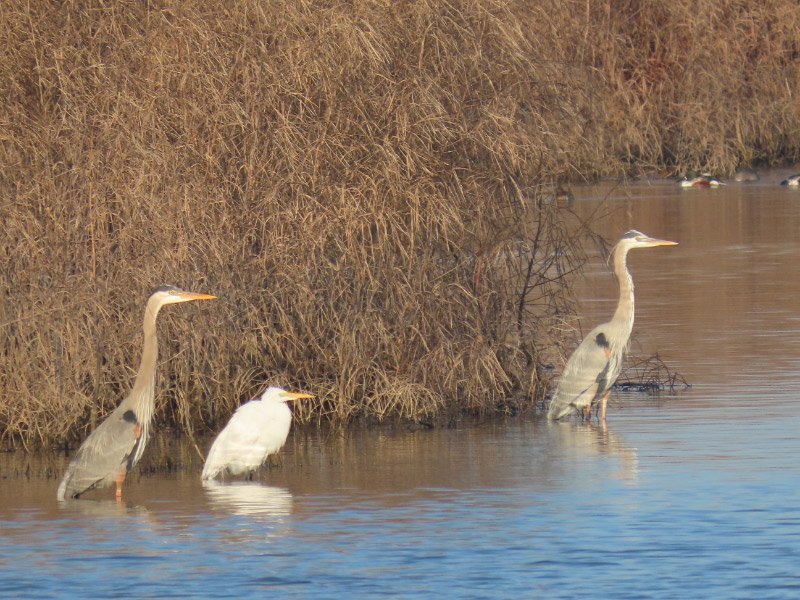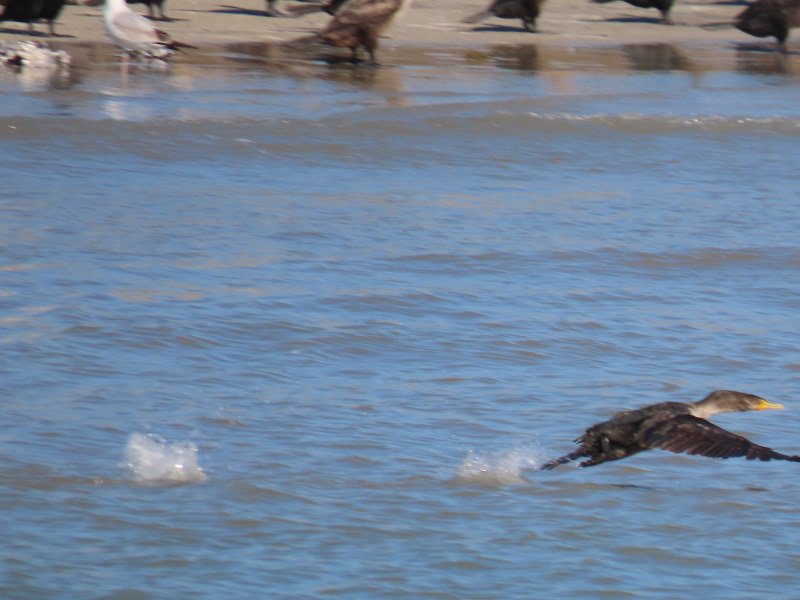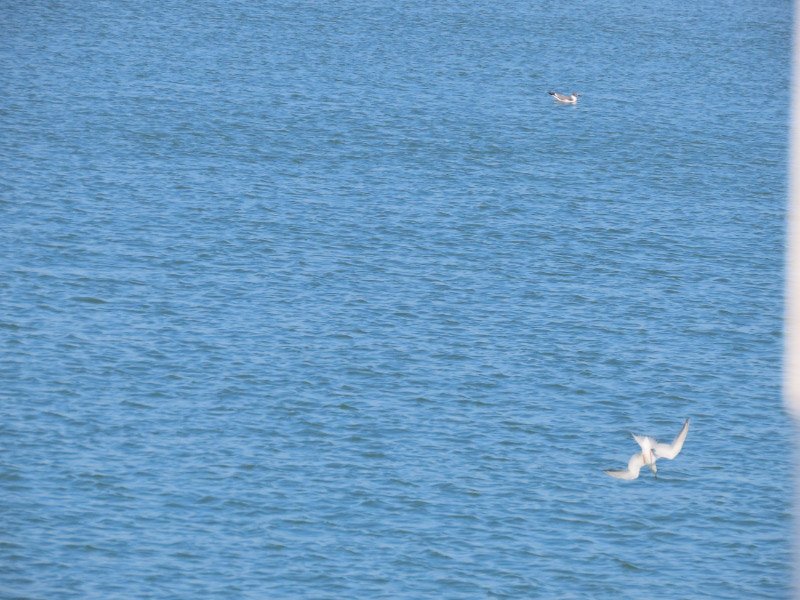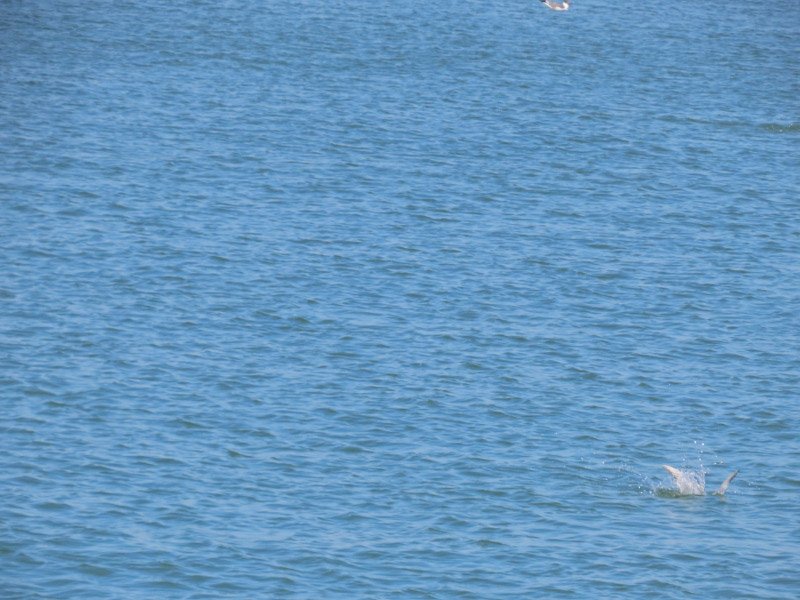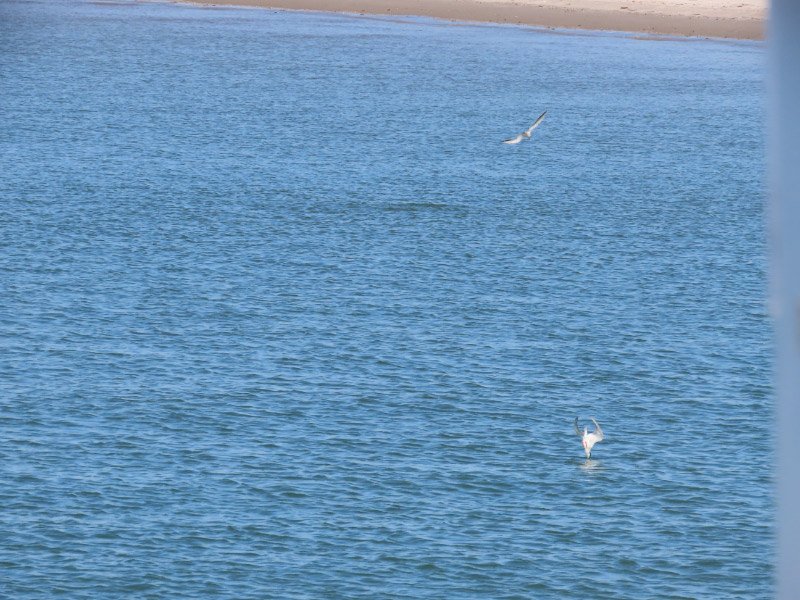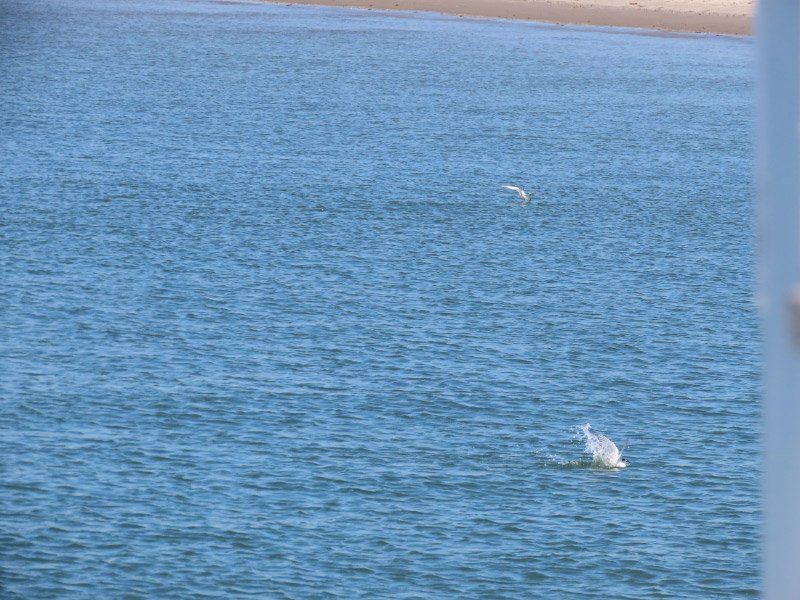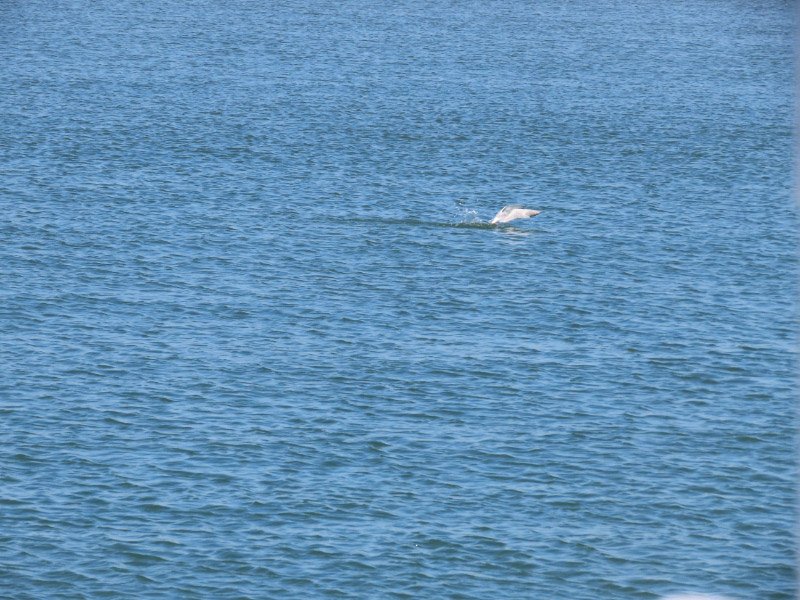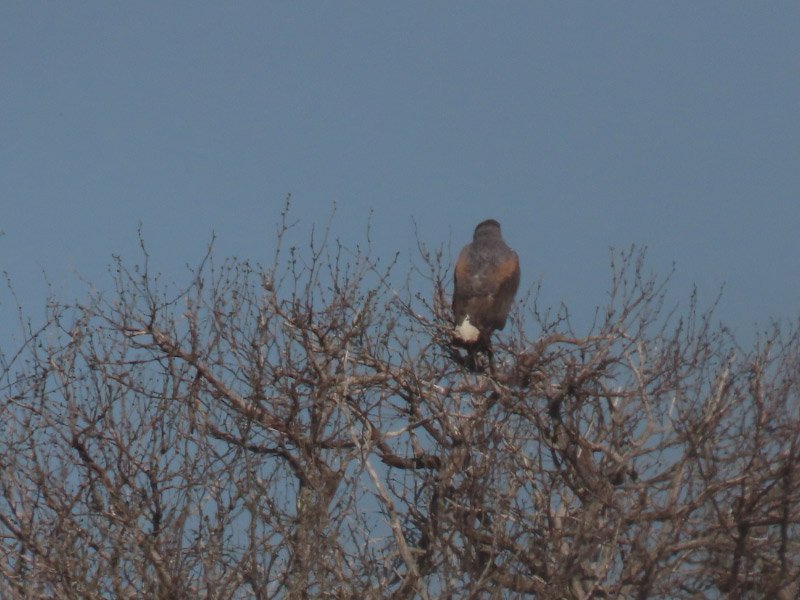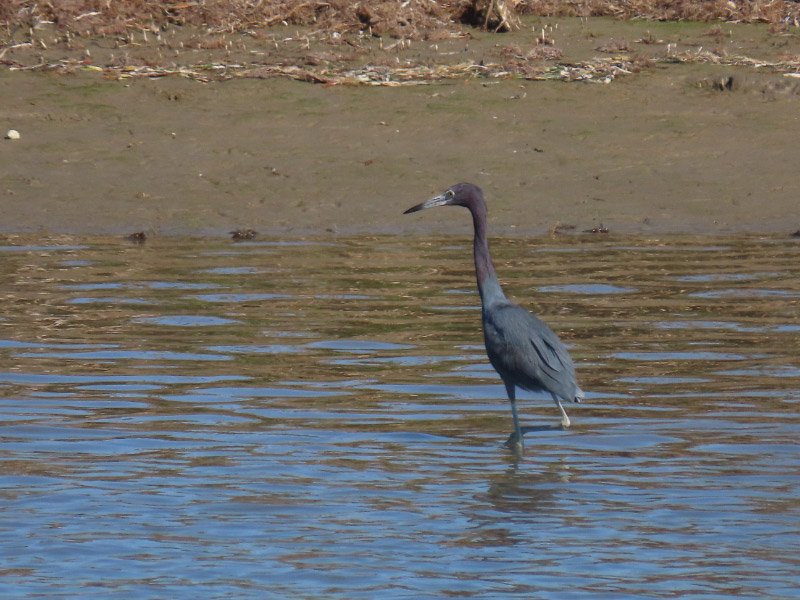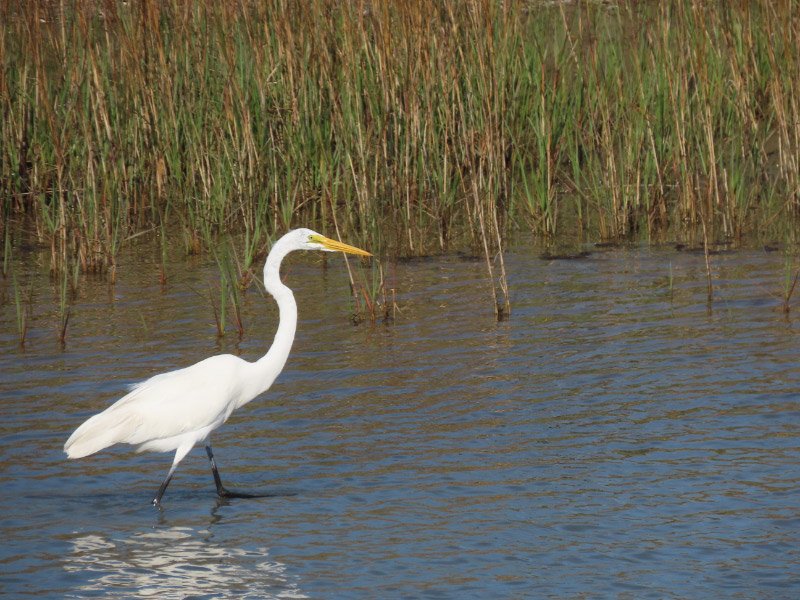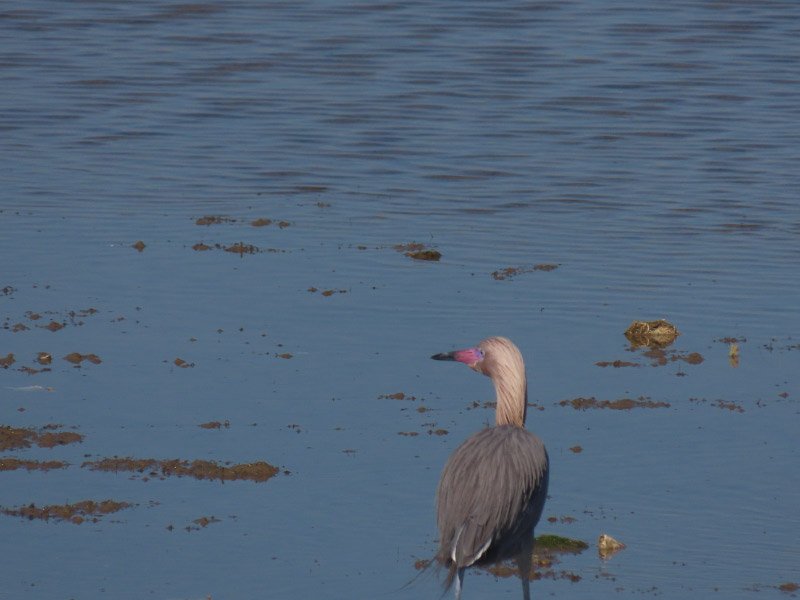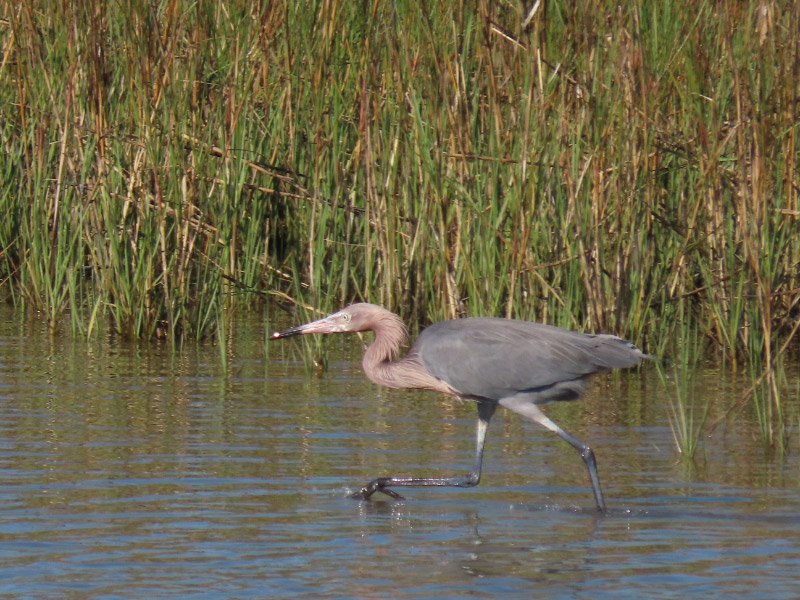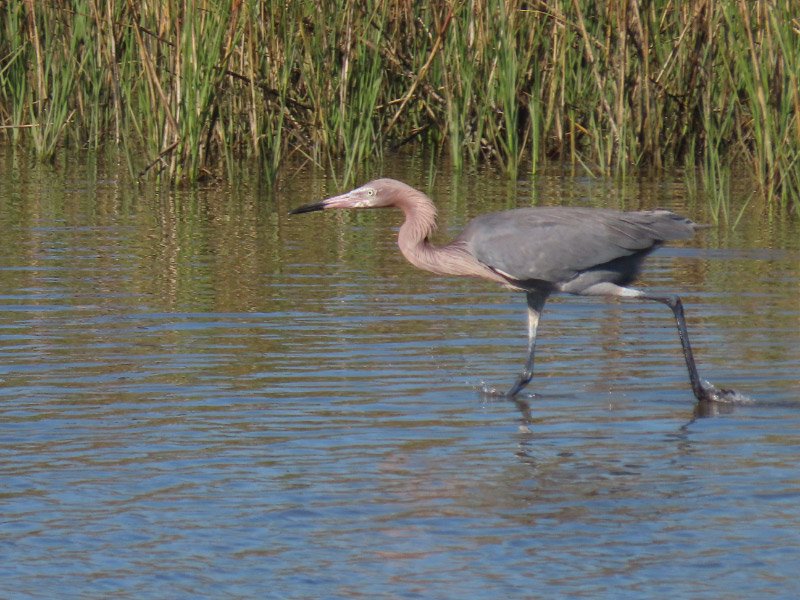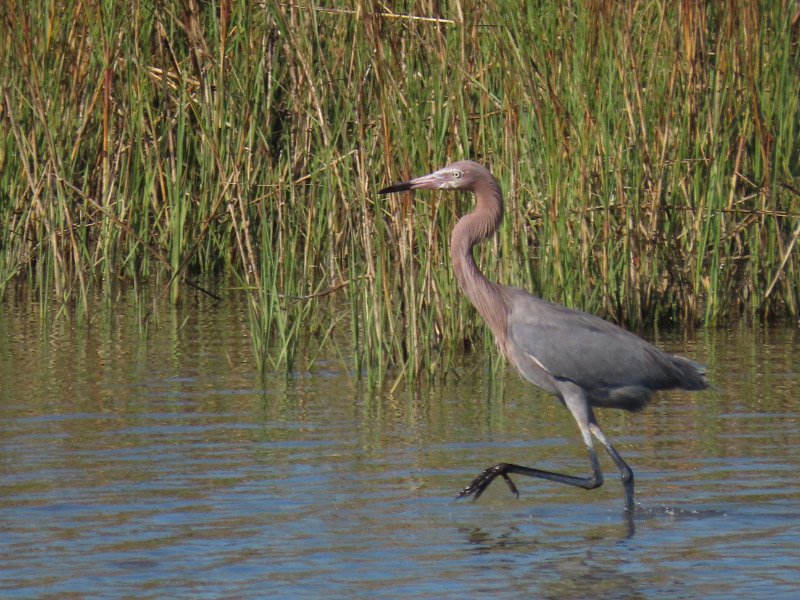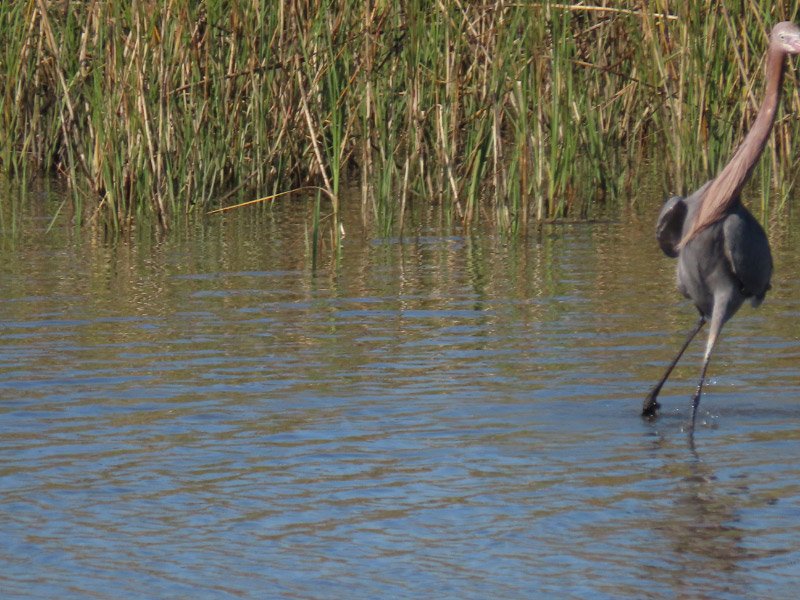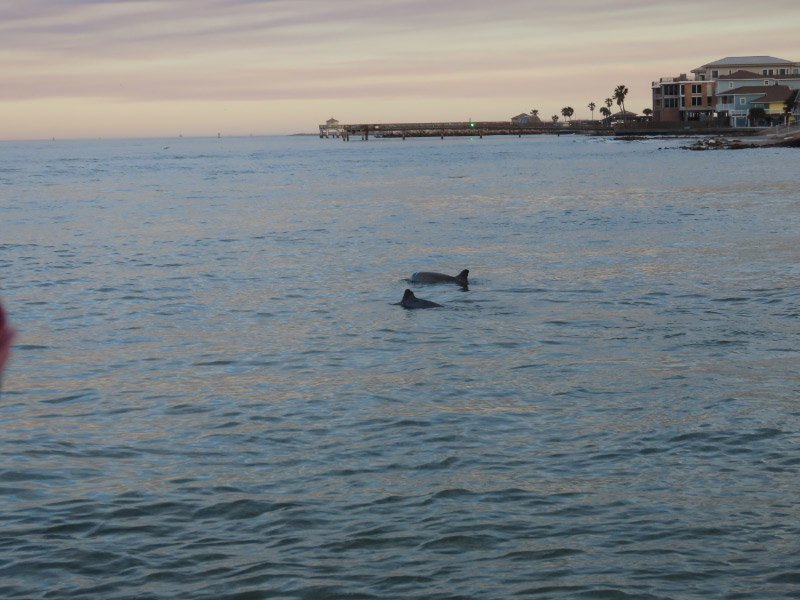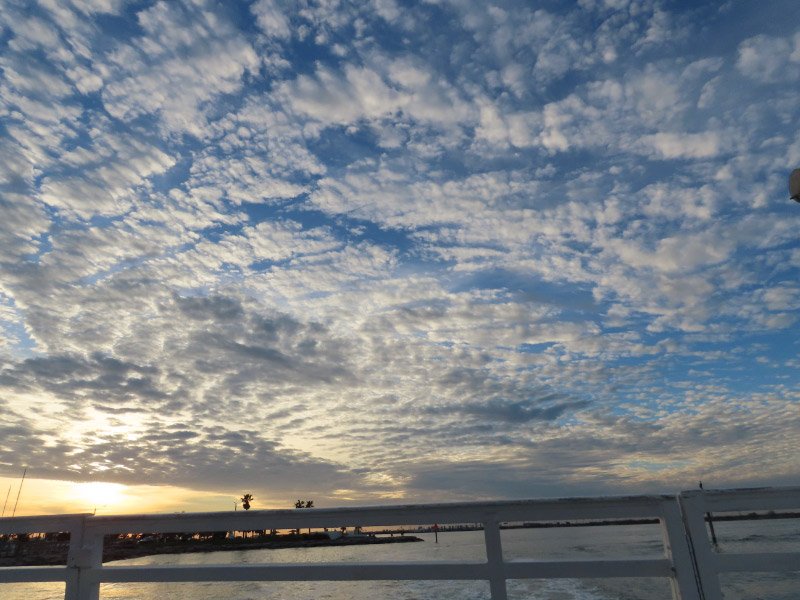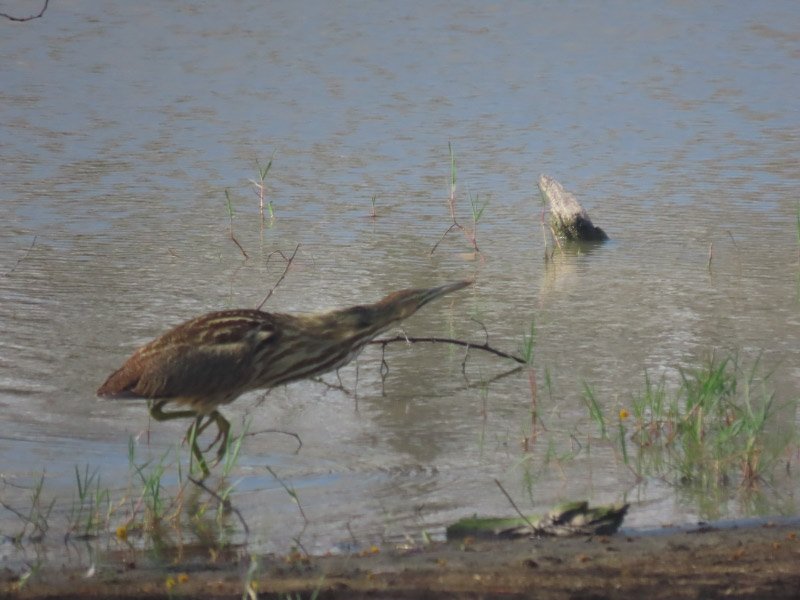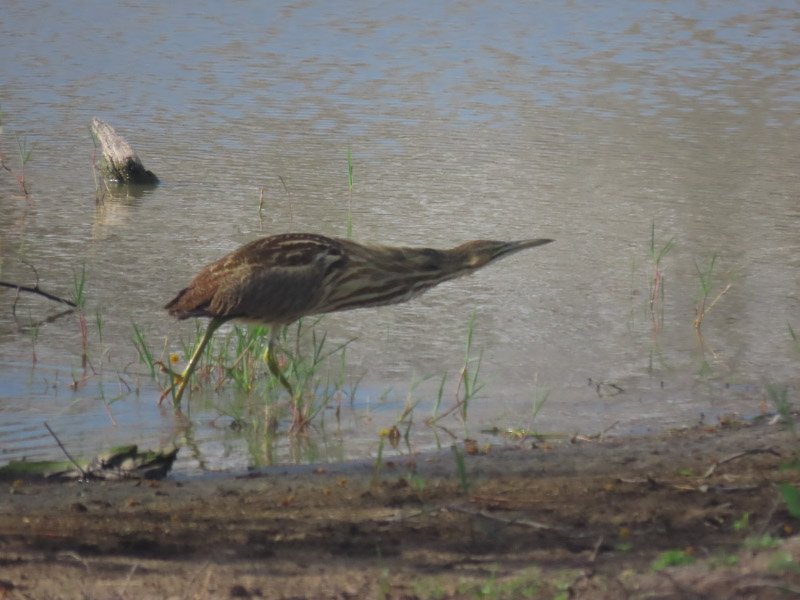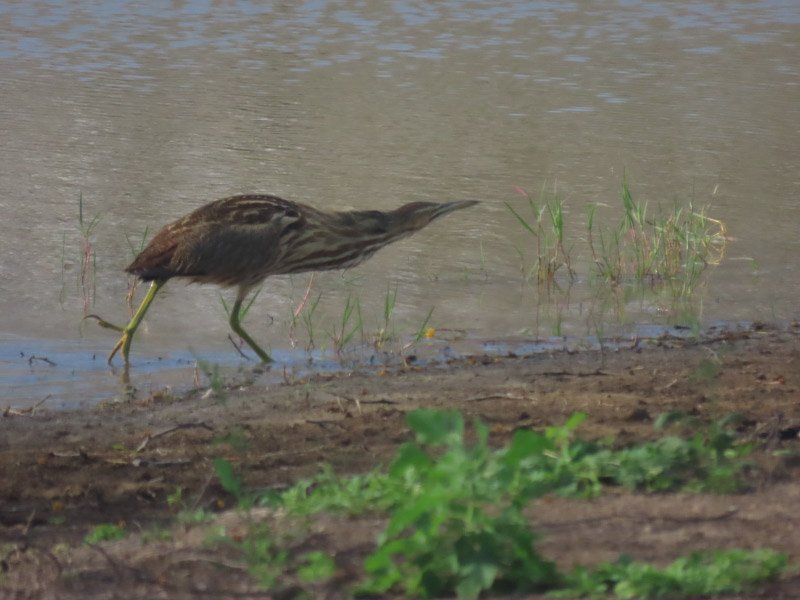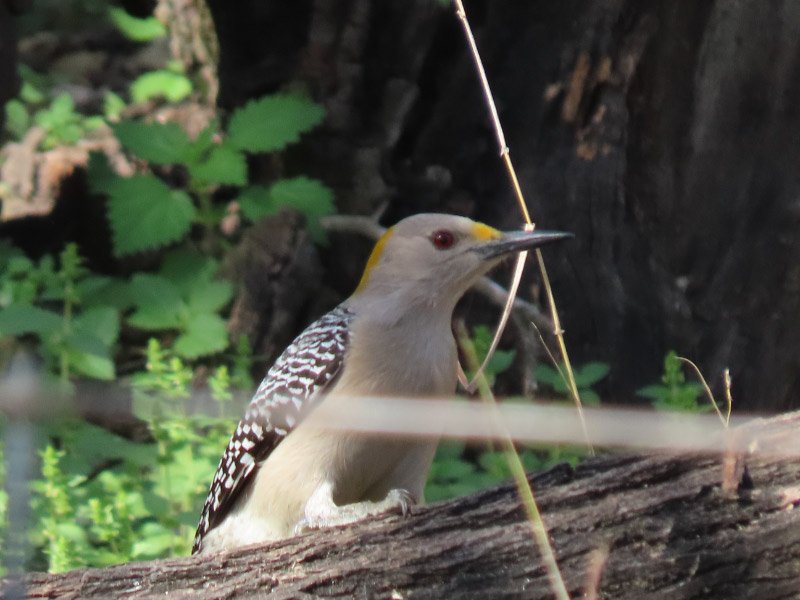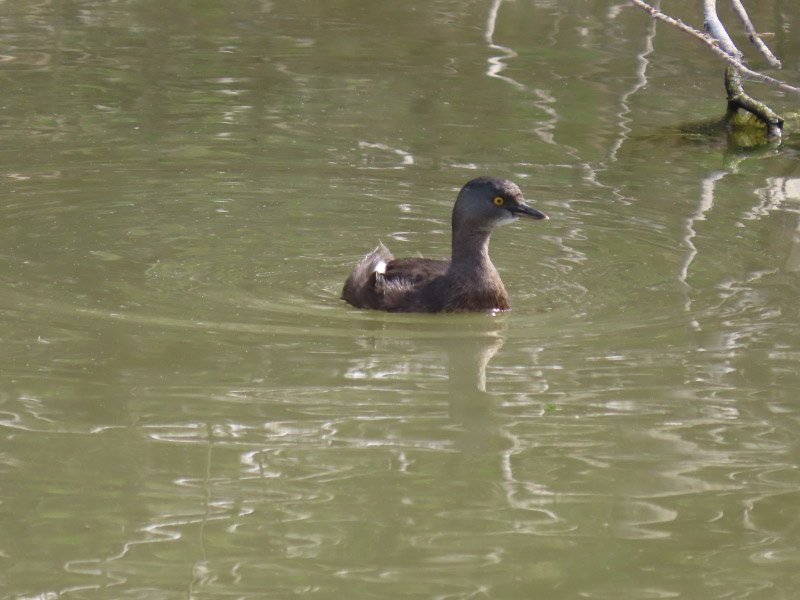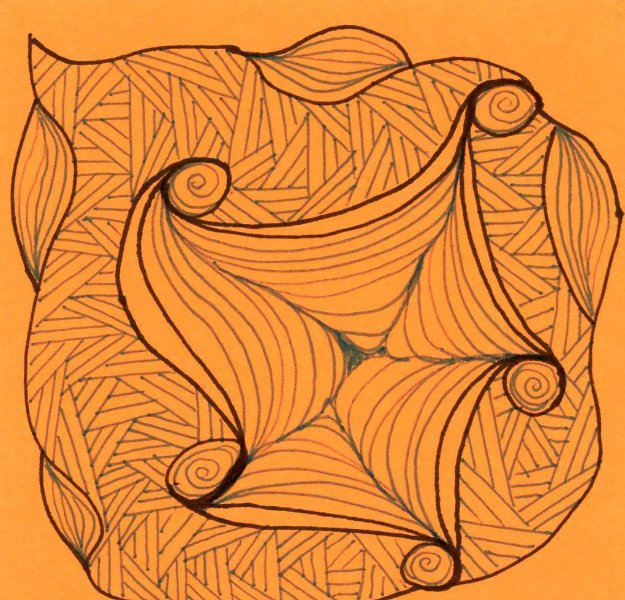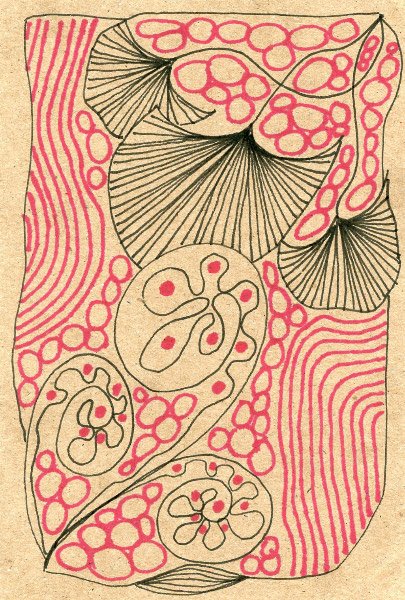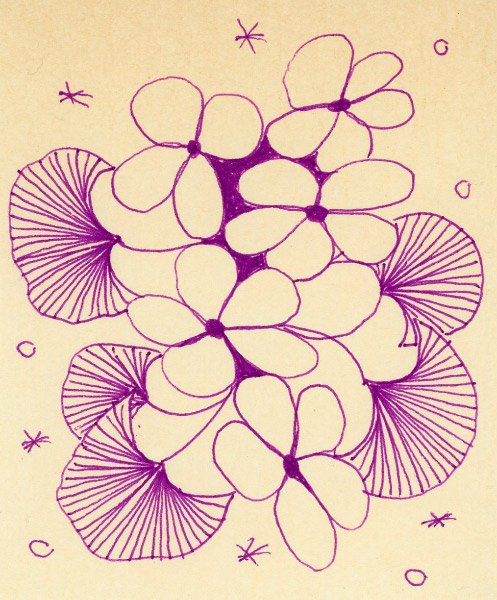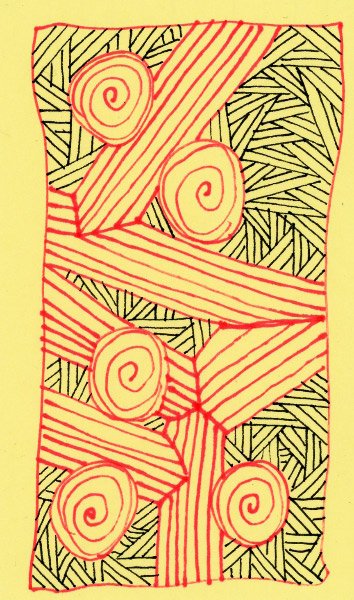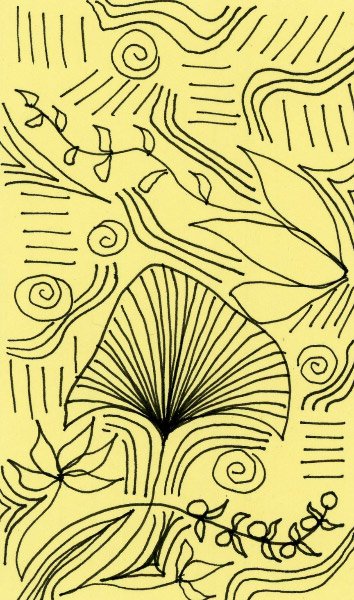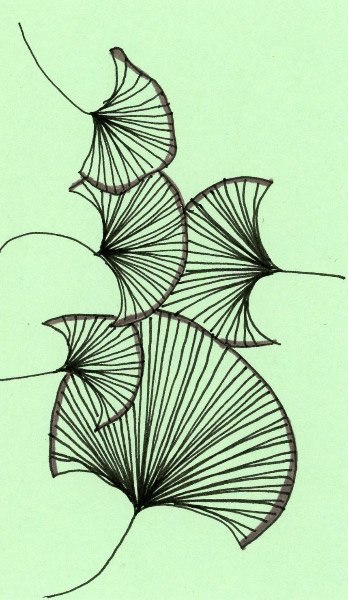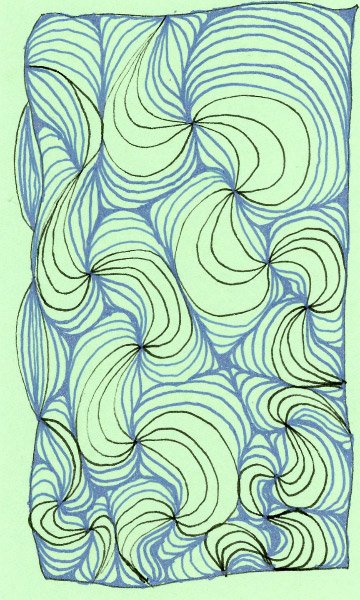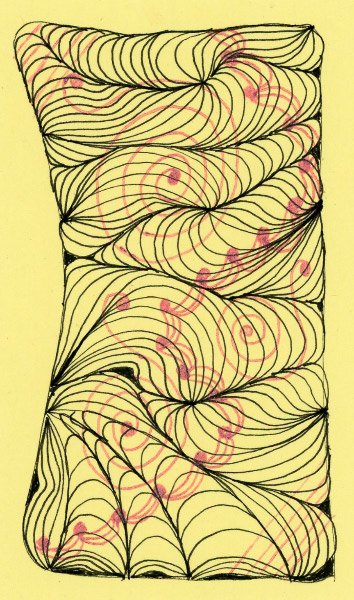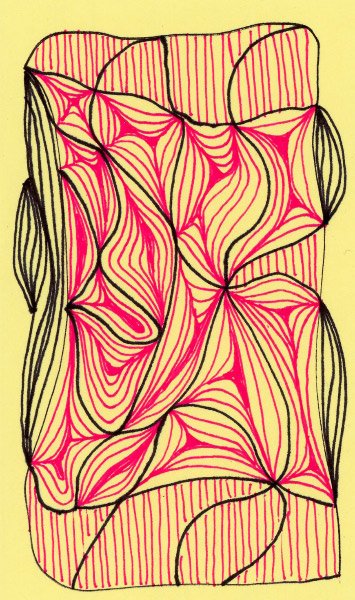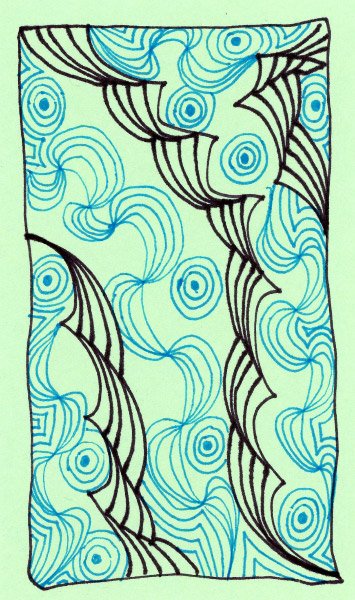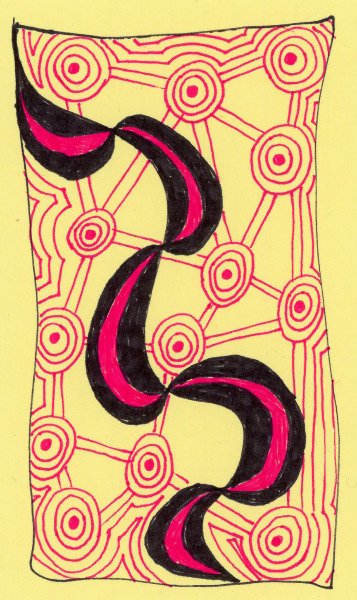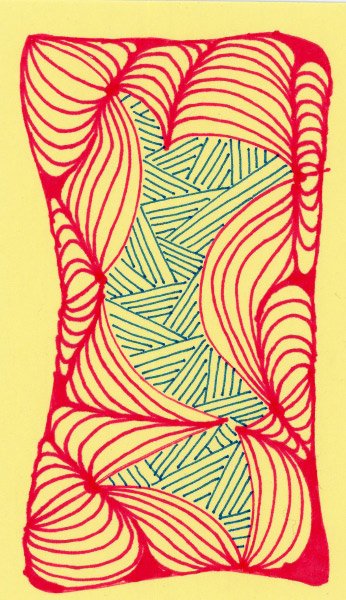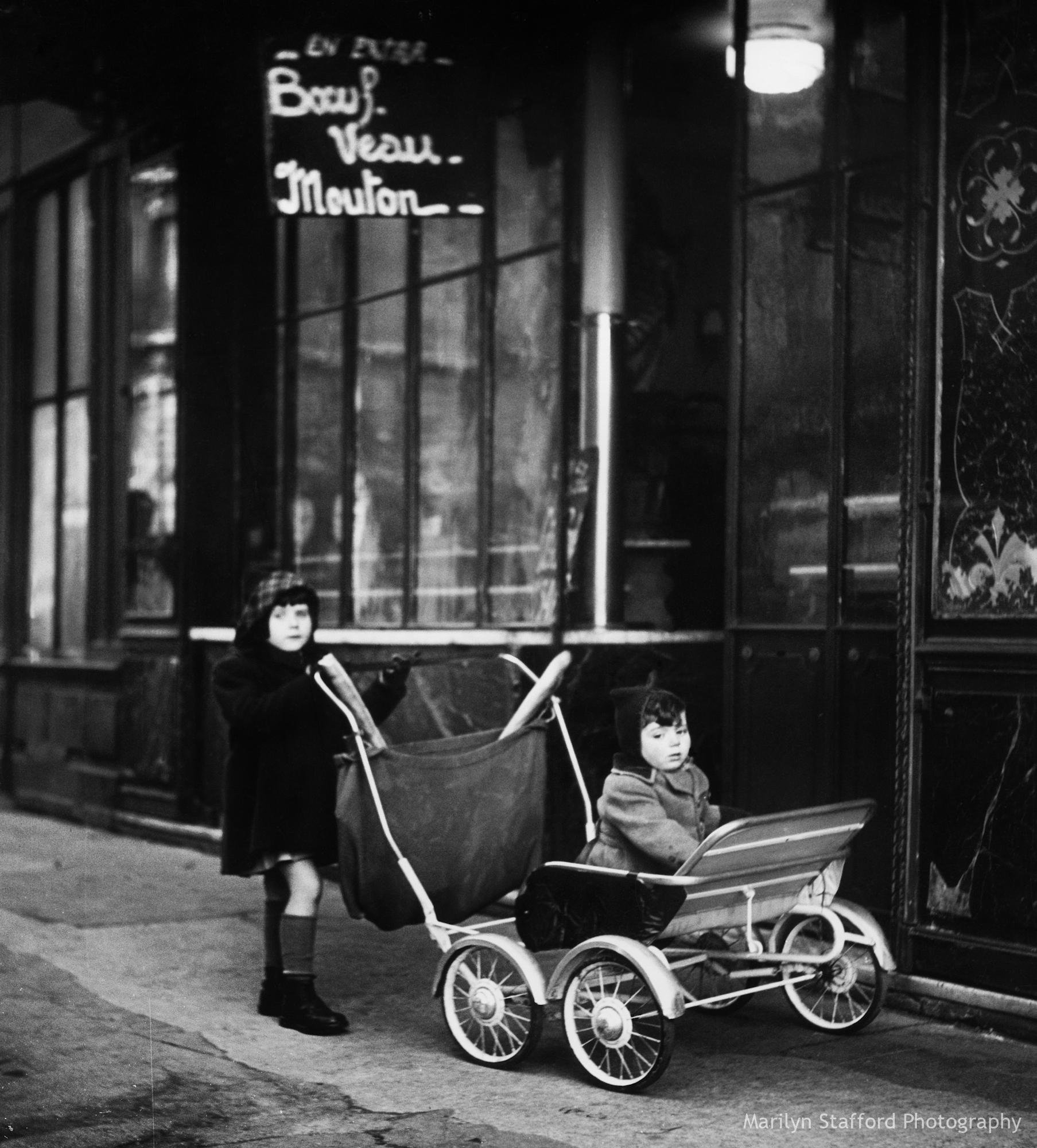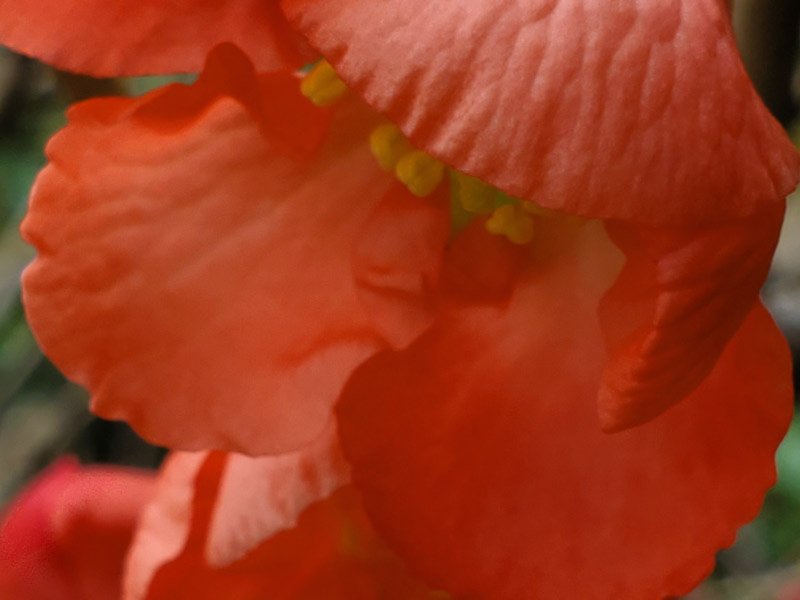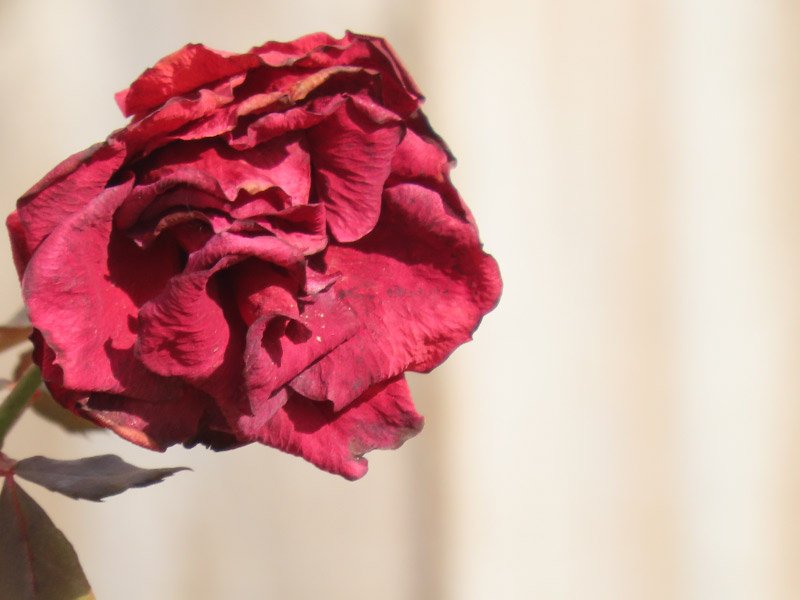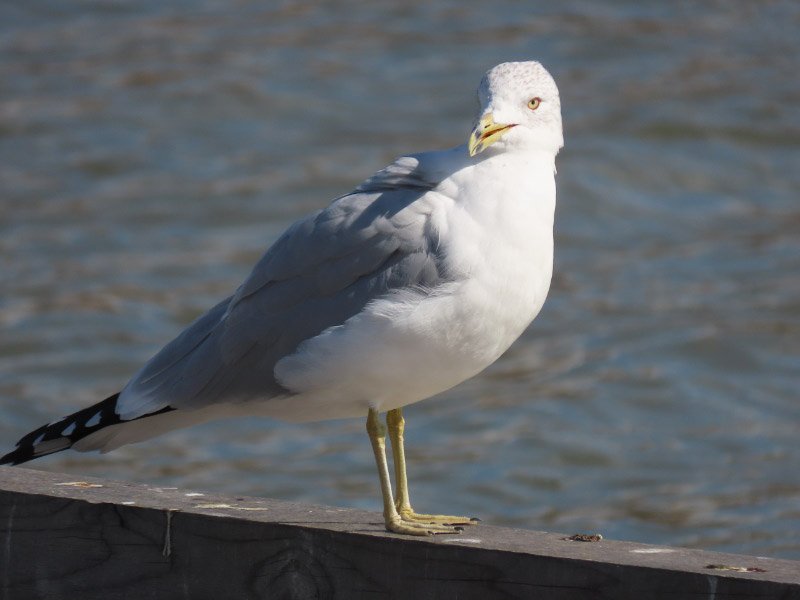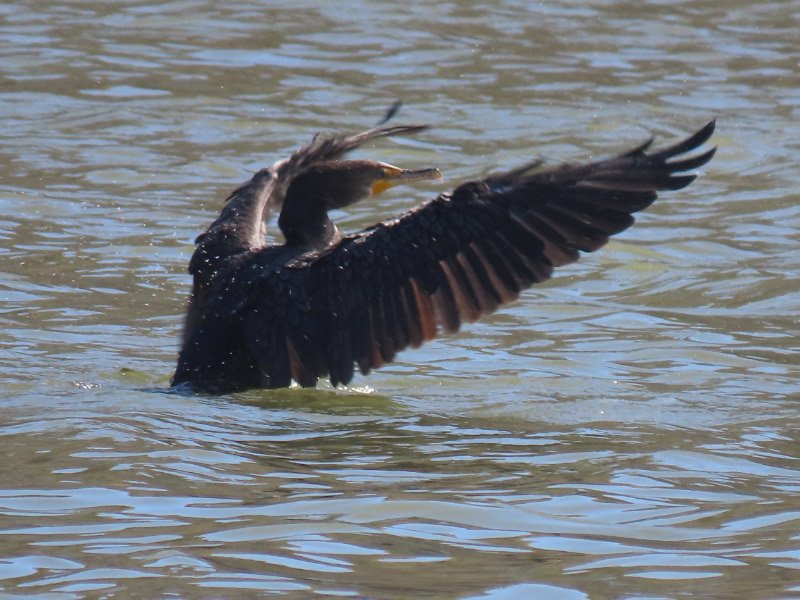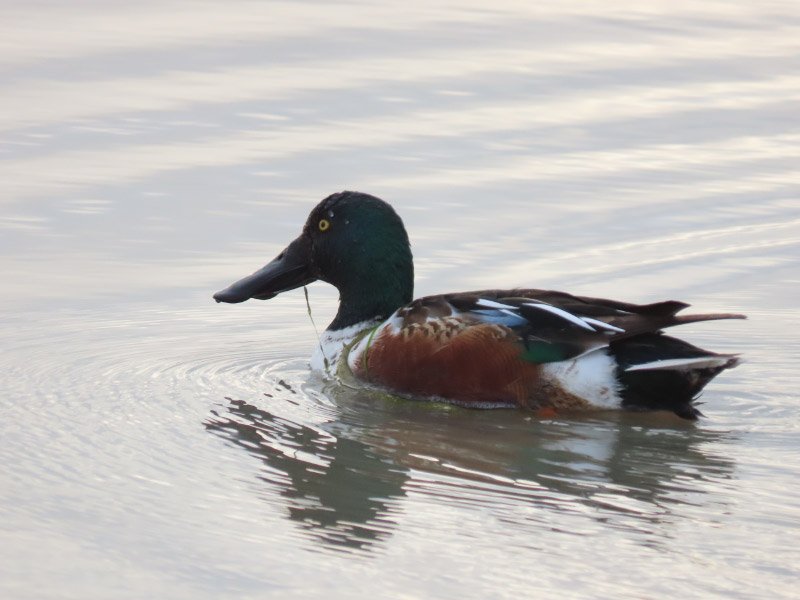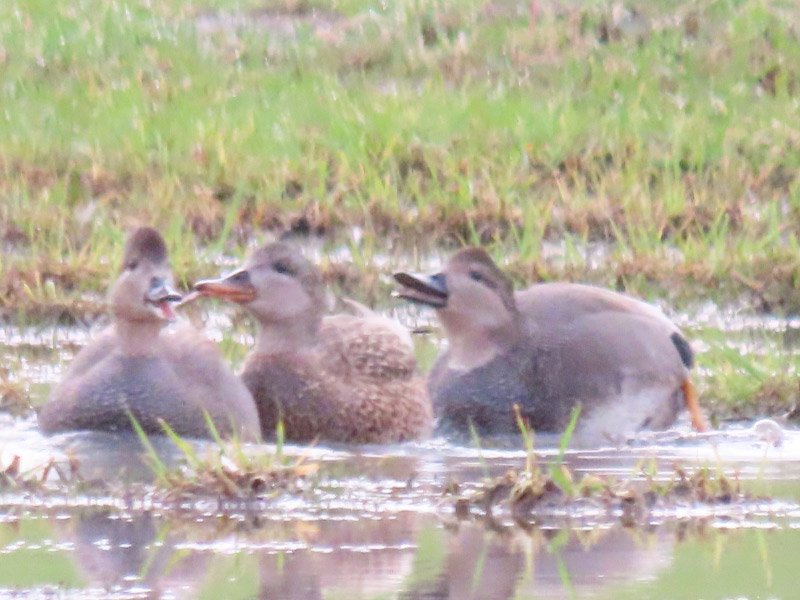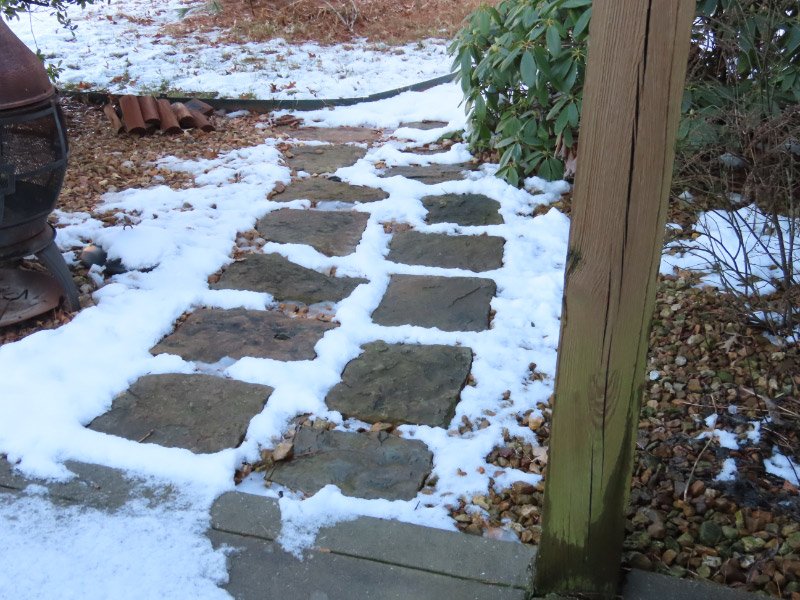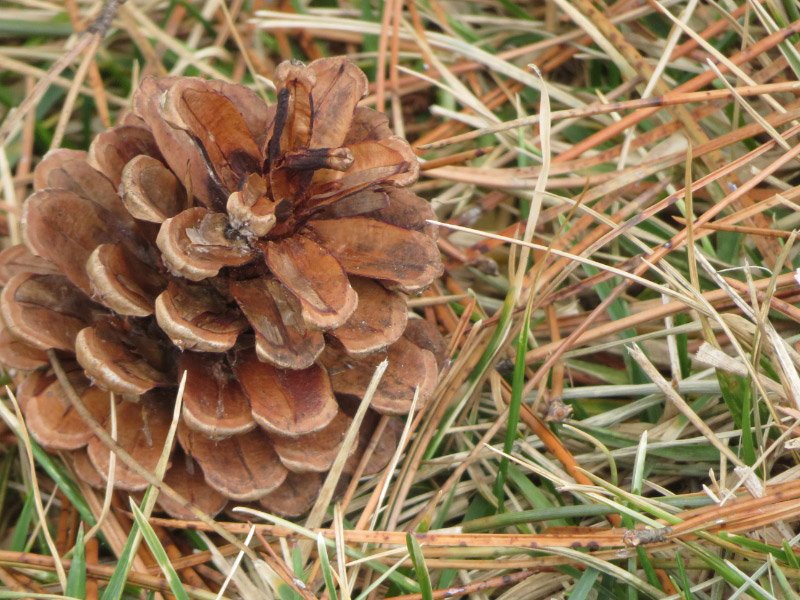Flore forestiere illustree arbres et arbustes du centre de l'Europe * Kirkwan, C. de * sample image * 1872
Flore Medicale V1 * Chamberet, Jean Baptist Joseph Anne Cesar Tyrbas de; Chaumeton, Francois Pierre; Panckoucke, C. L. F.; Panckoucke, Ernestine; Poiret, Jean Louis Marie; Turpin, P. J. F. * sample image * 1833
Flore Medicale V2 * Chamberet, Jean Baptist Joseph Anne Cesar Tyrbas de; Chaumeton, Francois Pierre; Panckoucke, C. L. F.; Panckoucke, Ernestine; Poiret, Jean Louis Marie; Turpin, P. J. F. * sample image * 1829
Flore Medicale V3 * Chamberet, Jean Baptist Joseph Anne Cesar Tyrbas de; Chaumeton, Francois Pierre; Panckoucke, C. L. F.; Panckoucke, Ernestine; Poiret, Jean Louis Marie; Turpin, P. J. F. * sample image * 1830
Flore Medicale V4 * Chamberet, Jean Baptist Joseph Anne Cesar Tyrbas de; Chaumeton, Francois Pierre; Panckoucke, C. L. F.; Panckoucke, Ernestine; Poiret, Jean Louis Marie; Turpin, P. J. F. * sample image * 1830
Flore Medicale V5 * Chamberet, Jean Baptist Joseph Anne Cesar Tyrbas de; Chaumeton, Francois Pierre; Panckoucke, C. L. F.; Panckoucke, Ernestine; Poiret, Jean Louis Marie; Turpin, P. J. F. * sample image * 1831
Flore Medicale V6 * Chamberet, Jean Baptist Joseph Anne Cesar Tyrbas de; Chaumeton, Francois Pierre; Panckoucke, C. L. F.; Panckoucke, Ernestine; Poiret, Jean Louis Marie; Turpin, P. J. F. * sample image * 1832
The yucceae * Trelease, William * sample image * 1902
Further studies of Yuccas and their pollination * Trelease, William * sample image * 1893
The species of Rumex occurring north of Mexico * Trelease, William * sample image * 1892
The species of Epilobium occurring north of Mexico * Trelease, William * sample image * 1891
Genera Aroidearum exposita * Schott, H.W. * sample image * 1858
Gesamtbeschreibung der Kakteen (Monographia cactacearum) * Schumann, Karl; Hischt, Karl * sample image * 1899
Gramineae Chilenses * Desvaux, E. * sample image * 1853
Herbarivm Oth. Brvnfelsii ... exacto tandem studio, opera & ingenio, candidatis medicinae simplicis absolutum * Brunfels, Otto * sample image * 1537
Herbarum vivae eicones ad naturae imitationem * Brunfels, Otto; Herr, Michael; Weiditz, Hans * sample image * 1532
Herbarium amboinense V1 * Rumpf, Georg Eberhard; Fransicum Changuion * sample image * 1742
Herbarium amboinense V2 * Rumpf, Georg Eberhard; Fransicum Changuion * sample image * 1741
Herbarium amboinense V3 * Rumpf, Georg Eberhard; Fransicum Changuion * sample image * 1743
Herbarium amboinense V4 * Rumpf, Georg Eberhard; Fransicum Changuion * sample image * 1743






